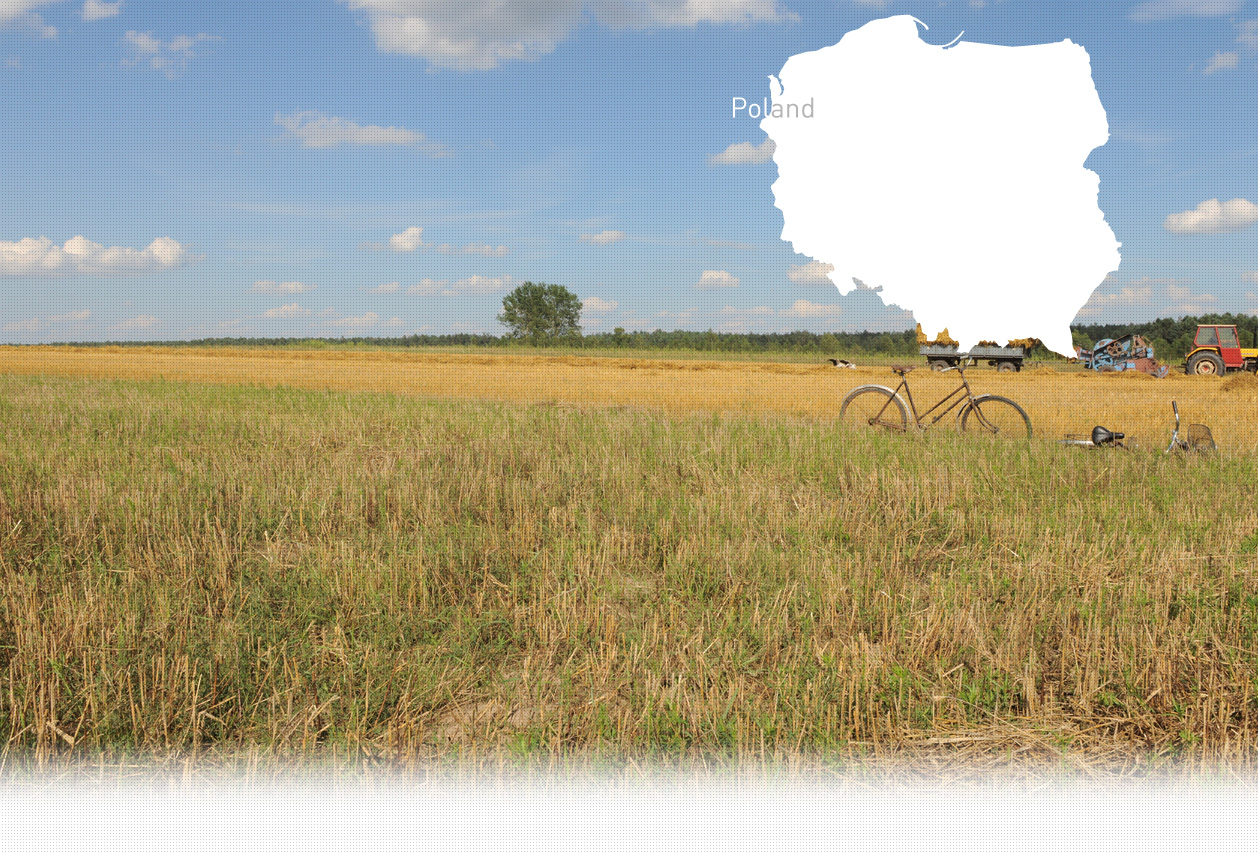

1 Killing site(s)
Emil S., born in 1931: “When the war began, the Russian-German border was established very close on the San River. A fence was put up right along the border. It was a barbed wire fence, 1.5m high. At the beginning of the German occupation, the Jews fled from Kuńkowce. There was a man named Bochenko who led them across the San River on a boat, to the Soviet side of the border. Jewish families were transported one after another. The man who transported the Jews was paid quite well for this work, but the last time he went there he never returned. He was killed by the Russians across the border.” (Witness N°1391P, interviewed in Kuńkowce, on September 27, 2022)
Kuńkowce is a village in the administrative district of Gmina Przemyśl, within Przemyśl County, Subcarpathian Voivodeship, in southeastern Poland close to the border with Ukraine. It lies approximately 5 km (3 mi) north-west of Przemyśl and 58 km (36 mi) southeast of the regional capital Rzeszów. Until 1947, it had 690 inhabitants: 200 Ukrainians, 480 Poles (including 200 colonists) and 10 Jews. According to Yahad witness Emil S., born in 1931, there was a sawmill in Kuńkowce that belonged to a Jewish man named Goldman. In front of the sawmill, there was a shop owned by a Jewish woman named Rywka. Another Jew from the village owned a brewery. The biggest Jewish community in the surrounding area was to be found in Przemyśl. In 1939, Jews constituted 34.1% of the total population. After the outbreak of the Second World War, many Jewish refugees from areas further to the west took refuge in the town.
Not much is known about the fate of a small Jewish community from Kuńkowce. According to Yahad witness Emil S., born in 1939, the majority of the local Jews managed to flee to the Soviet side of the German-Soviet border, established along the San River in September 1939. Their fate remains unknown. At the end of September 1939, almost all of the Jews from Przemyśl were driven to the Soviet occupation zone (the German-Soviet demarcation line ran through the middle of the town). The remaining 66 people were forced to live in two buildings surrounded by a barbed-wire fence, in a so-called “small ghetto” created in 1940. They were ultimately murdered in neighboring Kuńkowce in June 1942. The victims were mainly sick and elderly people. Next to Fort VIII Łętownia - north of the village of Kuńkowce - there is a memorial for the victims of those executions. After the liberation, the bodies were exhumed and moved to the Jewish cemetery in Przemyśl.
Do you have additional information regarding a village that you would like to share with Yahad ?
Please contact us at contact@yahadinunum.org
or by calling Yahad – In Unum at +33 (0) 1 53 20 13 17